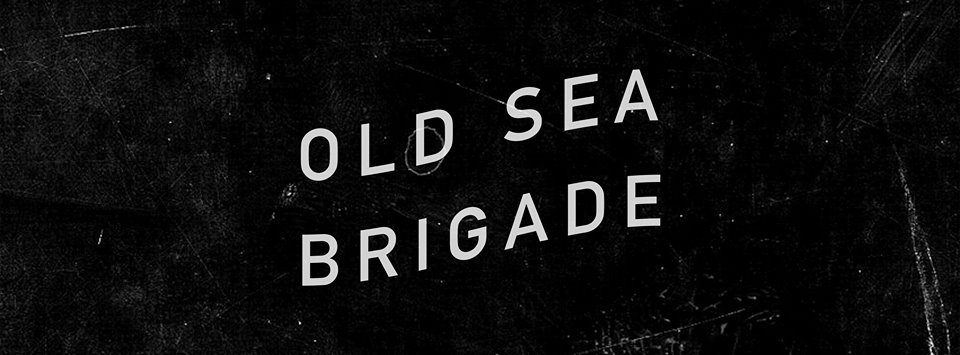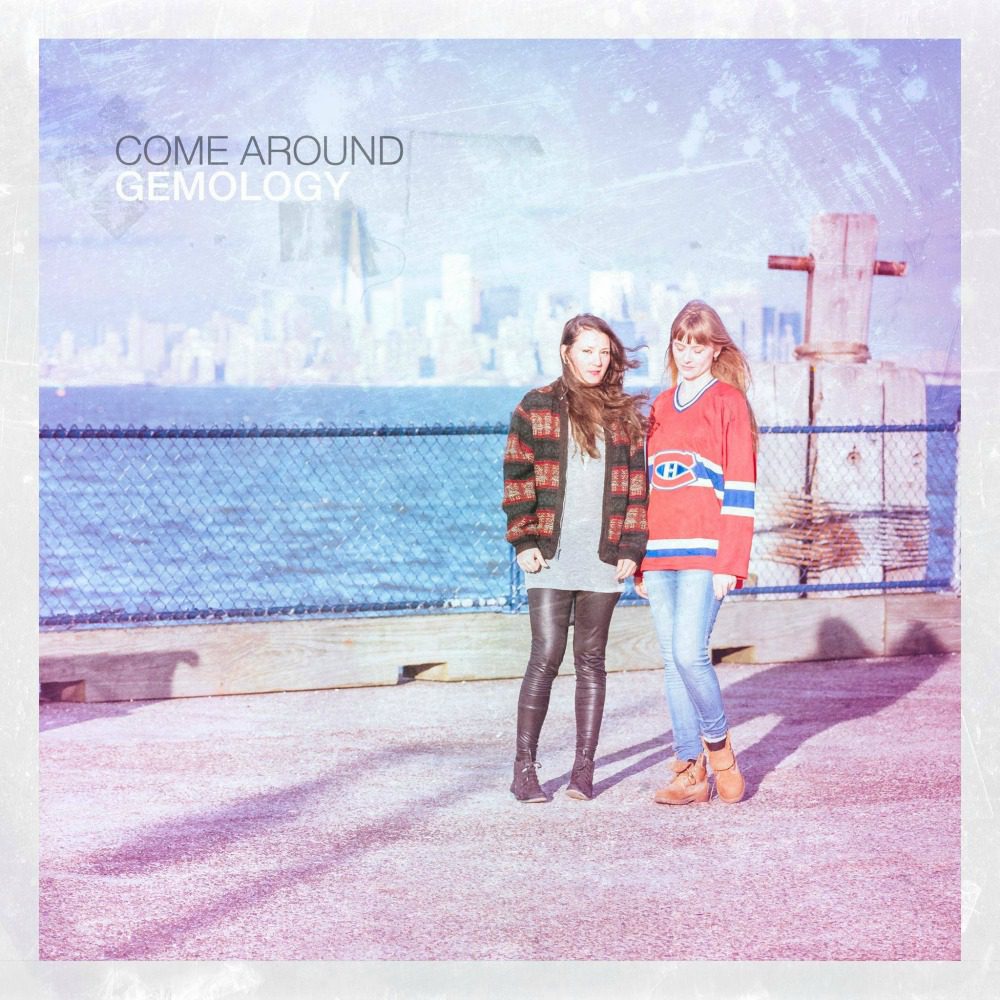PREMIERE: Fay Kueen “Atmospheric Zebra”


Experimental pop artist Fay Kueen enjoys blurring the lines between classical music and indie rock. The video for her latest song “Atmospheric Zebra” bends space and time, following Kueen around New York City as the city morphs and twists around her. The song was written in 2013, during a time when Kueen’s US citizenship was in flux (she was raised in Bejing). The video makes a clear delineation between Kueen’s avant-garde sound and her struggle for naturalization: disorienting turns, barriers, moments of confusion and panic followed by long stretches of uneasy silence.
It follows, then, that “Atmospheric Zebra” has an off-kilter vibe, with cryptic lyrics and lots of tension. “Ten islands in silence. Nine cats in the bed. Eight birds in purse. Seven days without jays. Six months chasing over five nightlines. Four souls in three bowls. Two horses play morse. One man with no hands, he stays,” Kueen titters slowly into the camera, her vocal patterns playing out like a cat sneaking up on a wounded bird. Kueen plays with that feeling of anxiety, winding up the listener to an almost uncomfortable point, never quite letting you settle in or make yourself home.
In an interview with Audiofemme, Kueen explains that the discomfort is directly tied to a period in her life where she was without a home, feeling lost between two continents – a theme that runs throughout her forthcoming EP, A Place Called Home Is Not A Place, out December 4. Watch AudioFemme’s exclusive premiere of “Atmospheric Zebra” and read our interview with Fay Kueen below.
AF: Your mom was a soprano singer and your dad is a musicologist. Would you say that your initial interest in music was mostly a familial shove or were you always drawn to it?
FK: Doing classical music definitely came more from a familial shove. I grew up listening to lots of classical music and started playing piano when I was 4, but I was never really drawn into the music. I appreciated it but it never felt personal to me – perhaps it just doesn’t fit my personality and vibe. With piano, I was one of those kids that didn’t really like practicing other people’s music, but was always improvising tunes and little songs. With singing, I grew up hearing my mom sing opera, but starting in middle school I got much more interested in trying to mimic pop/rock singers. My dad often bought me western pop records from abroad, and I collected cracked CDs from indie record stores in Beijing myself. I wouldn’t say that it was so much a teenage rebellious thing to be drifting away from my family’s tradition, more a natural process of self-discovery. Classical music is very prim and proper, but I like things that are free, wild and don’t restrict my body, emotions, or senses.
AF: You studied at Beijing’s Central Conservatory of Music (the composition program). During those years, you said you hung out with “Chinese hipsters” and listened to a good deal of Western indie music. What artists were inspiring to you back then?
FK: After getting into the composition program in CCOM Beijing, I started appreciating contemporary classical composition more. I got to know lots of modern composers’ music, which was much more intriguing to me than traditional classical music. I became friends with electronic musicians, sound engineers, and rock instrumentalists. I had a few casual bands that played regular gigs at bars and hotels. Back then I was really into bands like Radiohead, Portishead, Pink Floyd… more on the moody/intense side. A lot of big-name female rockstars from the last generation like Bjork, PJ Harvey, Patti Smith, Kate Bush, Tori Amos… also influenced me a lot, as well as younger ones like Fiona Apple. Me and a group of my friends were super nerdy about the Japanese rockstar Shiina Ringo and we even had a band that covered her songs.
AF: What music artists do you have on repeat nowadays?
FK: I listen to different stuff depending on my moods and what’s going on in my life. I often like playing down-tempo trip-hop tracks on loop when I’m cooking. I have a playlist of walking music, which includes music from Kendrick Lamar to The Prodigy. I still like listening to Radiohead’s later records and recently I’ve been really into some vintage disco music from the ’80s. When I’m depressed I tend to listen to dark music to be healed. This past summer when I was feeling somewhat hopeless, I was listening to David Bowie’s last album before he died a lot, the soundtrack from the German Sci-fi show DARK, and Ryuichi Sakamoto’s latest solo record since recovering from his cancer. Recently I’ve been looping songs from Mitski’s latest album, as well as the new album of my friend’s band San Fermin.
AF: Give us a glimpse into your writing process. Do you keep a notebook with ideas? Do you normally have source material you draw from or is your work more autobiographical?
FK: When I have immediate ideas in terms of song structures and arrangements, I’ll type those down in my phone. When vocal melodies come across my mind, I’d record them with my phone too. When I’m writing something like an orchestra piece, I write a sketch or short score using keyboard to try out chords, and then expand and orchestrate using a scoring program. When I’m producing songs, the vocal lines and the chords often come into existence together – they can’t be separated, since the chords contain the signature colors for the melodies. Then I arrange the whole song in an audio workstation, usually Logic Pro. The songs often have a basic theme first, but the detailed lyrics actually always come after the music.
The content of my songs goes in phases. I’d say most of my songs so far are autobiographical. They are always about a personal experience, an emotional state, or how I feel after watching/attending something. Some of the lyrics that I wrote for my Chinese pop songs are more like contemporary poems. But you could also say that there is source material that I draw from, since there is always a subject or a character in each song, such as a samurai, a dream interpreter, etc. The songs in this EP are more abstract, and I was influenced a lot by surrealist artists. Each song has a lot of objects and images in it, each of which has a story behind it. Right now I’m working on a new set of songs that’s more influenced by modern social events, culture, and common psychological issues within different groups of people.
AF: “Atmospheric Zebra” has such beautiful tension in it, this kind of winding up it does throughout the piece. What was the idea behind the video?
FK: I wrote this song after I left Yale and was basically homeless, moving between temporary places while going through an intense breakup and other personal crises. The song’s lyrics are a bunch of unrelated objects that form the shape of a larger object, inspired by Dali’s surrealist paintings. I named the song for a zebra because of the animal’s black and white looping pattern, which – like a tree’s growth rings or a time tunnel – represents Nietzsche’s idea that with infinite time and a finite number of events, events will recur again and again infinitely. In the music, these loops are represented as multi-layered repeating patterns in the background of the song. The second part of the song kind of falls apart, then puts itself back together for a last chorus, echoing the way I felt my own life moving into chaos and self-destruction, then putting itself back together again.
The video was shot in multiple places in NYC within 24 hours. My composer friend Pugan Zhang carried one camera and one stand. This was his first video work – he filmed and edited everything himself. We treated the video like an experiment and a game. I brought a few dresses with me, dressed completely different styles in different locations and times. We started shooting at abandoned buildings in Brooklyn, in subways, and in central park. The fun part was shooting the scene at Time Square next to the policemen and cars. There were a lot of people running around us and we had to find the right timing to take the quick shots without annoying them. The video has lots of sections and fragments of various lengths and paces, which are all shuffled up: some are flashbacks, some are flash forwards, also fast forwards and reverse in different paces, to match the time theme of the song.
AF: The song was written in 2013, during the time you were struggling with your immigration status. Can you tell us more about the themes on your upcoming album A Place Called Home Is Not A Place?
FK: As an immigrant, home doesn’t feel like a physical place, but an inner space that contains a feeling of security, or an individual that makes you feel like home. The title track is like a spirit flying across the world, observing and experiencing all the natural events – the lives in the Dead Sea, the wolves on Siberian Plain. One of them was actually a real story – the “suicidal” cows that threw themselves off a cliff in Lauterbrunnen. And eventually when the human body and nature become one, “home” is ourselves and is everywhere on this planet.
[The lyrics for] “Larpo Neptune” are a set of self-conflicting activities/ideas, representing the struggles between oneself and the surrounding environment. “Bunny Bastard” is kind of playing with that same idea of juxtaposing conflicting ideas – gentle bunny vs. evil bastard – and the title is a homophone of Honey Mustard.
AF: How are you planning on performing this album? Will you have a band tour along with you?
FK: Me and my dudes – guitarist Brendon Randall-Myers and drummer Mark Utley – are playing a show as a trio on November 20 at Berlin Under A in New York. We might keep this set for a while. When it comes to tour, I hope to add one more player in the band. If it’s a bigger space, I’d like to have a fuller set and maybe include a couple of classical instruments.
AF: Do you ever have difficulty translating studio work to the stage or do you work with other musicians in studio already, making it more seamless?
FK: The arrangements of the studio versions are often different from their live versions. I do basically all the studio arrangements myself. My husband Brendon records the guitar parts, and my long-time collaborator producer Mark Lee does all the mixing and mastering and has a lot of input on the programming/production side. I always need to do new arrangements for the live shows. When I have good musicians, they will have awesome ideas themselves after hearing the recordings. I really like working with Brendon and the other Mark (the drummer) – I feel like musically we understand each other and cope with each other easily.
AF: What advice do you have for a young musician just starting to find their voice as an artist?
FK: I’m not a very good advisor since I believe that I’ve made bad choices in my life before, and I’ve been really slow on getting things done. My music career has gone in many directions to fit my different needs and tendencies. I’d say always follow your intuition at the moment and never doubt your abilities, never wait or be distracted by others’ comments. Everyone’s different, and it’s important to find what type of artist you are, whether that’s a multi-phased experimental artist, or just digging deep into one thing. Focus on the characters that define the real you, and don’t hesitate to look for the right way to amplify them.
A Place Called Home Is Not A Place is out Dec 4th. Follow Fay Kueen on Facebook or @fay_kueen on Instagram for ongoing updates.




